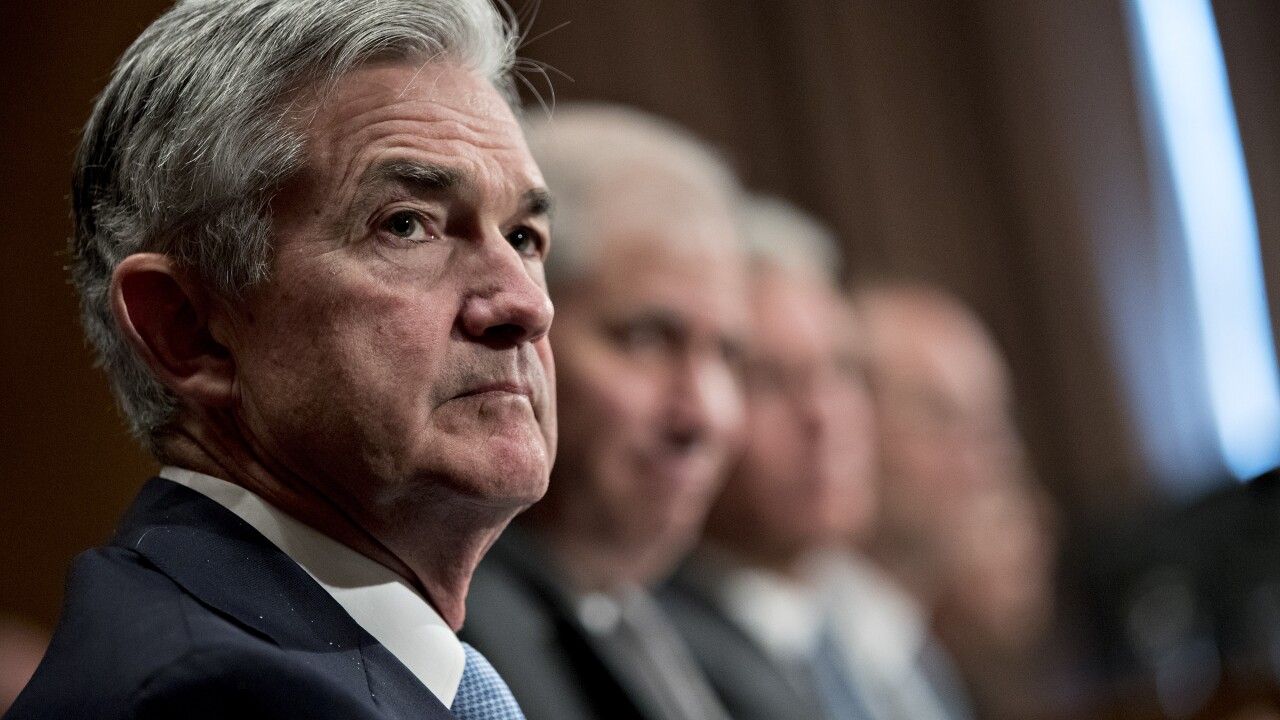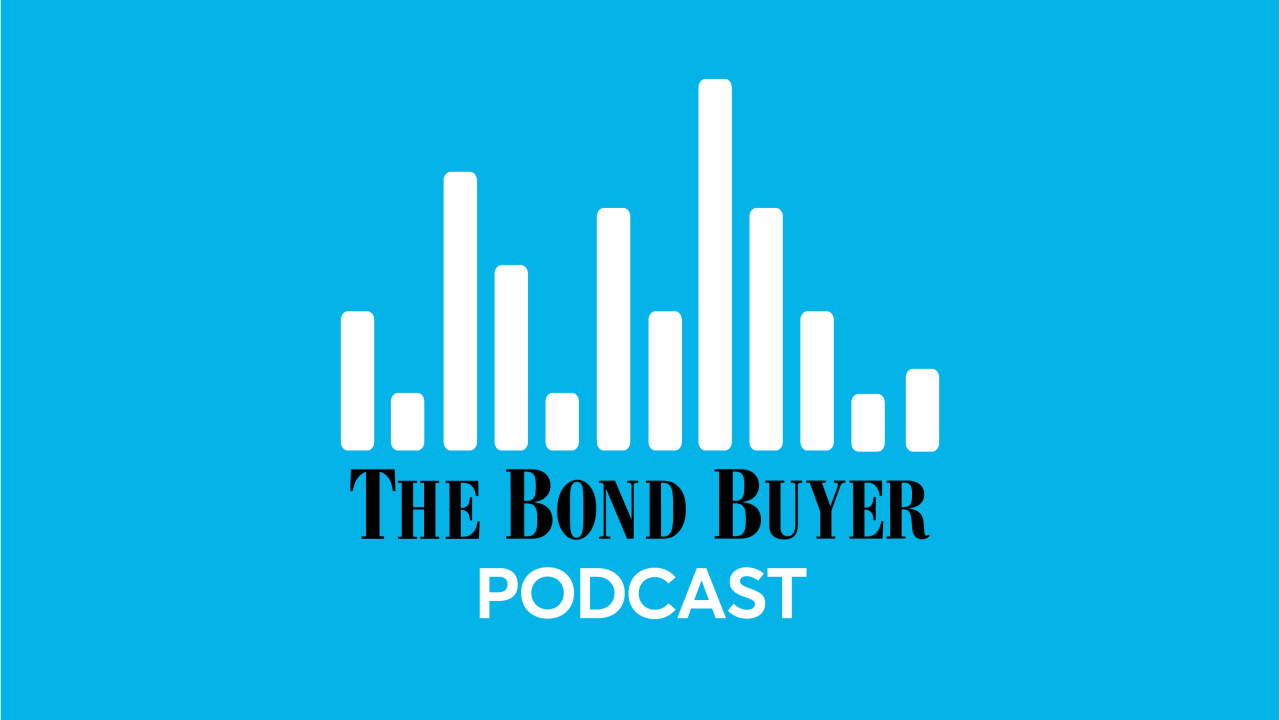-
Respondents to the a Bloomberg poll saw the target range for the benchmark federal funds rate staying right where it is — at 2.25% to 2.5% — through 2020.
April 26 -
Andrew Dassori, CIO of Wavelength Capital Management, discusses why it’s getting harder to predict the economy; yield curve inversion; mixed economic signals and headwinds; and how new ideas from the upcoming conference on monetary policy could help transform the Fed. Gary Siegel hosts.
April 25 -
President Donald Trump said he won’t nominate Herman Cain for a seat on the Federal Reserve Board after opposition from his own Republican party appeared to sink the former pizza company executive’s hopes for Senate confirmation.
April 22 -
An inverted Treasury yield curve is no longer a reliable signal of recession, and what matters more is the level of the curve.
April 22 -
Risky assets are reacting more strongly to hawkish monetary shocks from the Federal Reserve in recent years, according to Goldman Sachs Group Inc. The reason, ironically, is that the Fed is losing its forecasting edge.
April 22 -
The U.S. economy grew at a slight-to-moderate pace in March and early April, though a few districts “reported some strengthening,” a Federal Reserve survey showed.
April 17 -
The White House is interviewing candidates to potentially replace Herman Cain and Stephen Moore as Donald Trump’s picks for the Federal Reserve Board, the president’s top economic adviser said.
April 16 -
Members of the Federal Open Market Committee appear to have raised their inflation target from about 1.5% in 2000 to 2% after the Great Recession.
April 15 -
Since future rate decisions will be based on data, the next move by the Federal Reserve will be up if inflation gains momentum, and down if activity softens too much or inflation cools further.
April 15 -
The Federal Reserve has monetary policy in a good position at current interest rate levels and may not need to make changes again until well into next year, Chicago Fed President Charles Evans said.
April 15








